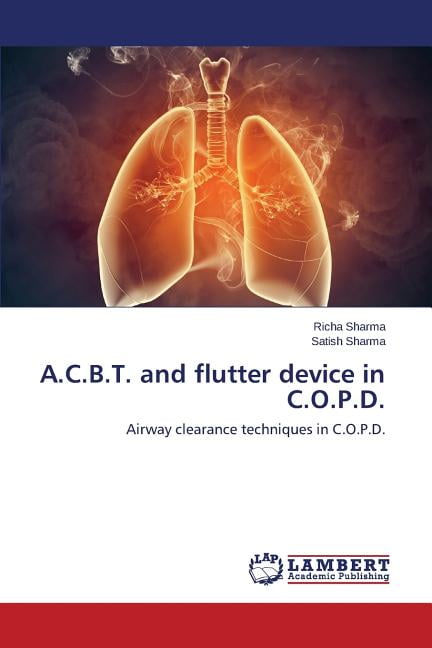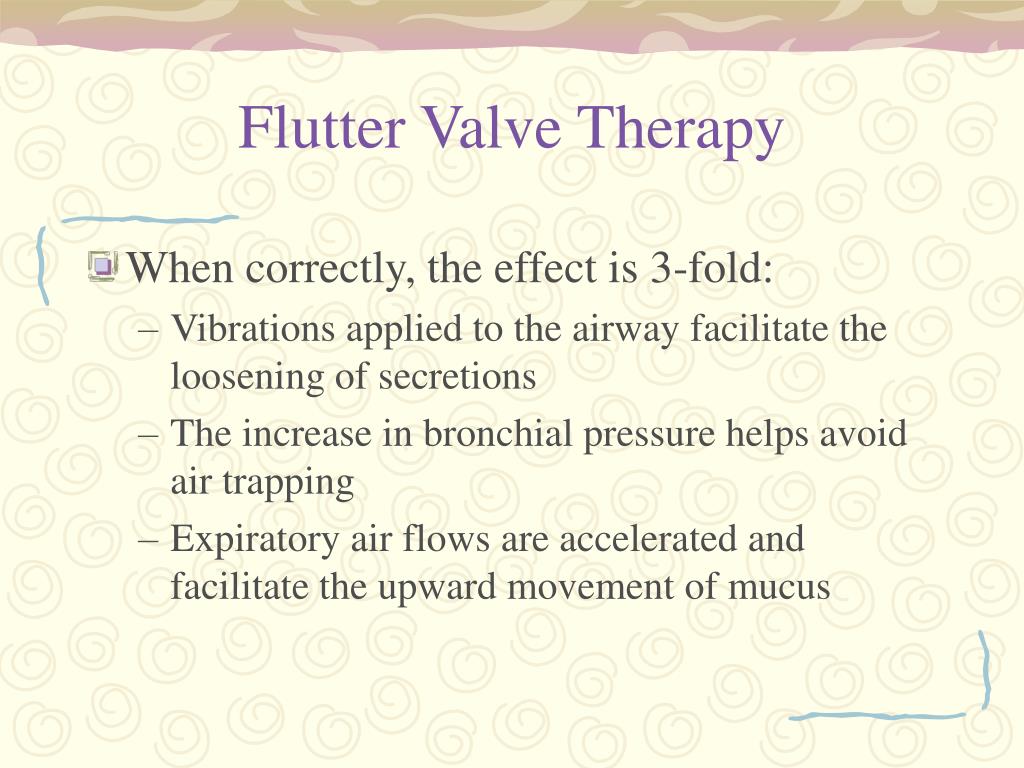

The insufflation time was set to the slowest ramp over the longest time tolerable to promote collateral ventilation. Pressures were increased according to comfort, reaching a final insufflation pressure of 20 cmH 2O and an exsufflation pressure of −30 cmH 2O. This was repeated five times consecutively for a total cycle time of approximately 3 min. The NIPPY Clearway was set to deliver five 2.5‐s insufflations prior to a single 3‐s exsufflation. A nebulizer was incorporated into the circuit to allow for the inhalation of 6% hypertonic saline (HTS) during treatment. To facilitate airway clearance, we used modified MI‐E with a mouthpiece interface. He was poorly compliant with home treatment, demonstrated an ineffective forced expiratory technique, had an irritable cough, and found it difficult to expectorate sputum. At admission, his oxygen saturation (SpO 2) was 94% on room air (RA), and his chest X‐ray (CXR) showed diffuse bilateral bronchiectatic changes and left middle and lower zone infiltrates. We present two cases where this modified version of MI‐E was used as an adjunct to usual ACT in adults during an acute exacerbation of CF.Ī 29‐year‐old male with CF presented with an acute exacerbation and a percent‐predicted forced expiratory volume in 1 s (ppFEV 1) of 44, reduced from his recent best of 81. The patient‐triggered Programmable Auto Mode can be set to deliver multiple insufflations prior to a single exsufflation, repeated in cycles. The NIPPY Clearway (B & D Electromedical, England) is a novel airway clearance device with multiple modes, including MI‐E.

Despite potential indications for MI‐E in CF, its use is limited. Mechanical insufflation–exsufflation (MI‐E) is a treatment widely used for cough augmentation and airway clearance in neuromuscular conditions due to severe respiratory muscle weakness and reduced peak expiratory flow (PEF).

Traditional airway clearance techniques (ACT) during an acute exacerbation, while essential, have been associated with increased energy expenditure, oxygen desaturation, respiratory muscle fatigue, and dyspnoea 1, 2. Cystic fibrosis (CF) is a life‐limiting autosomal recessive disease, with the major cause of morbidity and mortality being severe airway obstruction secondary to bronchiectasis.


 0 kommentar(er)
0 kommentar(er)
